Table of content
Stir-fried pork heart, a dish deeply rooted in Chinese culinary history, offers a tantalizing blend of textures and flavors that appeal to adventurous food lovers. Often overlooked in Western cuisine, organ meats like pork heart are celebrated in many Asian cultures for their rich taste and nutritional value. This article delves into the intricacies of preparing bao chao zhu xin (爆炒猪心), a classic Chinese stir-fry that marries tender pork heart with aromatic spices and crisp vegetables. By mastering this recipe, you’ll not only elevate your cooking skills but also gain insight into the time-honored techniques that define Chinese home-style cooking.
The Cultural Significance of Pork Heart in Chinese Cuisine
In Chinese culinary tradition, no part of the animal goes to waste. Pork heart, prized for its dense texture and earthy flavor, is often transformed into dishes that balance nourishment with taste. Historically, offal was a staple in peasant households, where resourcefulness was key. Today, it remains a beloved ingredient in regional cuisines, from the spicy Sichuan-style preparations to the subtle, herbal-infused recipes of Cantonese cooking. Stir-frying, a cornerstone of Chinese cooking, preserves the heart’s natural juices while imbuing it with the vibrant flavors of garlic, ginger, and chili—a technique that showcases the harmony between ingredient and method.
Selecting and Preparing Pork Heart: A Step-by-Step Guide
The foundation of a great stir-fry lies in the quality of the ingredients. When choosing pork heart, opt for fresh, pinkish-red organs with a firm texture. Avoid those with a strong odor or discoloration, as these may indicate spoilage. Butchers and Asian markets often carry pork heart, though some preparation is required before cooking.
Cleaning and Trimming
- Rinse Thoroughly: Place the heart under cold running water, gently massaging to remove any blood clots or impurities.
- Trim Fat and Connective Tissue: Using a sharp knife, carefully remove excess fat, silverskin, and valves. Focus on the chambers and outer edges where tough tissues accumulate.
- Slice Against the Grain: Cut the heart into thin, uniform slices (approximately ¼-inch thick). Slicing against the grain ensures tenderness, as it shortens the muscle fibers.
Marinating for Flavor and Tenderness
Marination is crucial for enhancing flavor and tenderizing the heart’s dense muscle. A typical marinade includes:
- 2 tbsp light soy sauce (for umami)
- 1 tbsp Chinese cooking wine (Shaoxing wine)
- 1 tsp cornstarch (to lock in moisture)
- 1 tsp sesame oil
- 1 tsp sugar (to balance bitterness)
- 1 tbsp oyster sauce (optional, for depth)
Combine the ingredients, coat the pork slices evenly, and let marinate for 20–30 minutes. This step not only seasons the meat but also creates a protective coating during stir-frying.
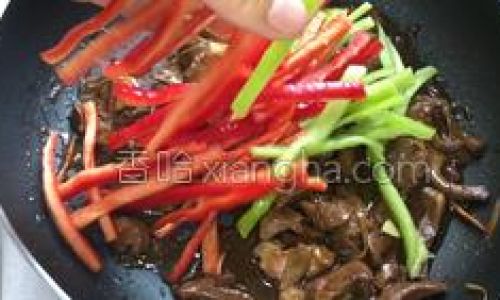
Essential Ingredients and Substitutions
While the classic recipe calls for specific ingredients, flexibility is key in home cooking. Below is a breakdown of staples and their alternatives:
| Ingredient | Role | Substitutions |
|---|---|---|
| Pork heart | Main protein | Beef heart, chicken gizzards |
| Garlic (6 cloves) | Aromatic base | Garlic powder (1 tsp) |
| Ginger (1 tbsp, minced) | Aromatic base, deodorizer | Ground ginger (½ tsp) |
| Dried red chilies | Heat element | Chili flakes (1 tsp) |
| Bell peppers (2) | Sweet crunch | Carrots, snap peas |
| Scallions (4) | Freshness, color | Chives, leeks |
| Oyster sauce | Savory depth | Hoisin sauce (use sparingly) |
| Dark soy sauce | Color, caramelization | Molasses + regular soy sauce |
The Stir-Frying Technique: Wok Hei Mastery
Stir-frying in a wok (chao 炒) is an art form that requires precision and speed. The goal is to cook the ingredients over high heat while stirring constantly, ensuring even cooking and retaining crispness. Achieving wok hei—the elusive “breath of the wok”—imparts a smoky, charred aroma that defines authentic Chinese stir-fries.
Equipment Checklist
- Carbon steel wok (best for heat retention)
- Wok spatula (metal or wooden)
- High-smoke-point oil (peanut, vegetable, or grapeseed)
- Splatter guard (optional but helpful)
Heat Management
- Preheat the Wok: Heat the wok over high flame until a drop of water evaporates instantly.
- Add Oil: Swirl 2–3 tbsp oil to coat the surface.
- Test the Heat: Toss a garlic slice into the oil; if it sizzles vigorously, the wok is ready.
Step-by-Step Cooking Process
Velveting the Pork Heart (Optional)
For ultra-tender results, consider velveting—a technique where meat is briefly cooked in oil or water before stir-frying.
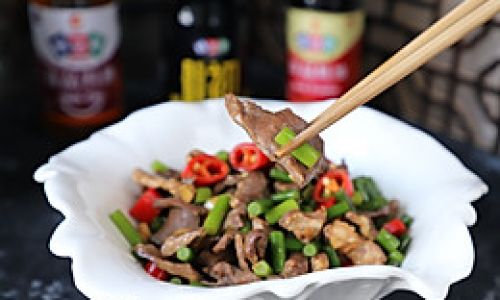
- In a pot, heat oil to 350°F (175°C).
- Blanch the marinated pork slices for 1–2 minutes until they turn opaque.
- Drain and set aside. This step seals in juices and reduces cooking time.
Stir-Frying Aromatics
- Reduce heat to medium-high. Add 1 tbsp oil.
- Stir-fry minced garlic, ginger, and dried chilies for 30 seconds until fragrant.
- Avoid burning the aromatics; lower heat slightly if needed.
Cooking the Pork Heart
- Increase heat to high. Add the pork slices, spreading them evenly.
- Stir-fry for 2–3 minutes until the meat browns slightly.
- Push the meat to one side of the wok.
Adding Vegetables
- Toss in sliced bell peppers and white scallion parts.
- Stir-fry for 2 minutes, mixing with the pork.
- The vegetables should retain their crunch.
Seasoning and Finishing
- Create a well in the center of the wok. Pour in 1 tbsp oyster sauce, 1 tbsp dark soy sauce, and a splash of Shaoxing wine.
- Stir vigorously to combine, ensuring the sauce coats all ingredients.
- Add the green scallion parts and a pinch of white pepper.
- Toss for 30 seconds, then remove from heat.
Serving Suggestions and Pairings
Stir-fried pork heart pairs beautifully with:
- Steamed Jasmine Rice: Balances the dish’s richness.
- Garlic Sauce Noodles: Elevates the meal’s heartiness.
- Pickled Vegetables: Adds a tangy contrast.
Garnish with toasted sesame seeds or fresh cilantro for a pop of color. For a complete meal, serve alongside mapo tofu or stir-fried bok choy.
Troubleshooting Common Issues
- Tough Meat: Overcooking or slicing with the grain. Ensure thin, against-the-grain slices and precise timing.
- Bland Flavor: Insufficient marination or seasoning. Double the marinade or add a splash of vinegar for acidity.
- Mushy Vegetables: Overcrowding the wok. Cook in batches if necessary.
Health Benefits and Nutritional Profile
Pork heart is a nutritional powerhouse, rich in:
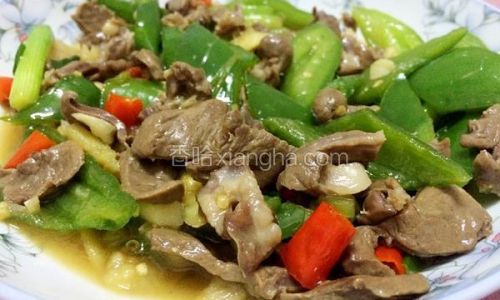
- Coenzyme Q10: Supports heart health.
- Vitamin B12: Essential for nerve function.
- Iron: Combats anemia.
However, its cholesterol content means moderation is key. Balance the dish with fiber-rich vegetables and whole grains.
Regional Variations
- Sichuan-Style: Adds Sichuan peppercorns and doubanjiang (fermented bean paste) for a numbing-spicy kick.
- Cantonese-Style: Incorporates light soy sauce, Shaoxing wine, and a touch of sugar for a mild, savory profile.
- Korean Adaptation: Includes gochujang and sesame seeds for a fusion twist.
Conclusion: Embracing Culinary Adventure
Stir-fried pork heart is more than a meal—it’s a celebration of culinary heritage and resourcefulness. By mastering this recipe, you join generations of cooks who have transformed humble ingredients into extraordinary dishes. Whether you’re a seasoned home chef or a curious novice, this recipe invites you to explore the bold flavors and textures that define Chinese offal cuisine. So grab your wok, ignite your stove, and embark on a flavorful journey that honors tradition while inspiring modern palates.
Word Count: 1,512
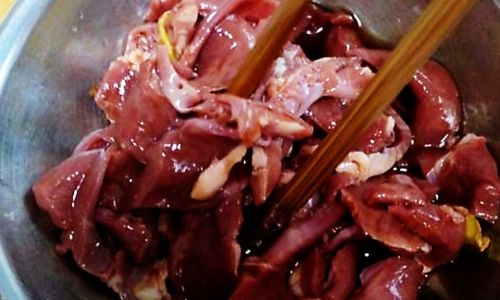
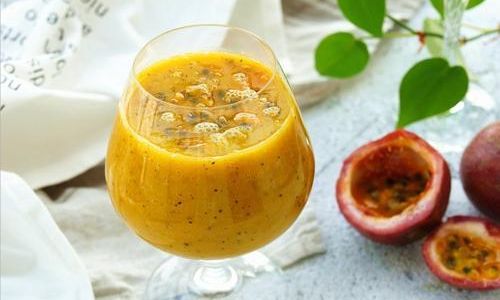
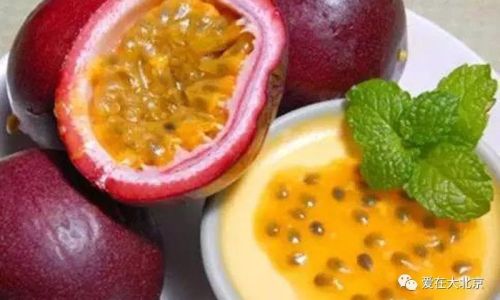

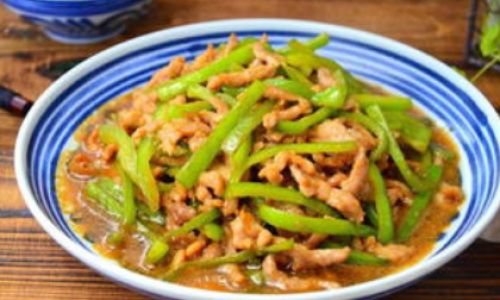
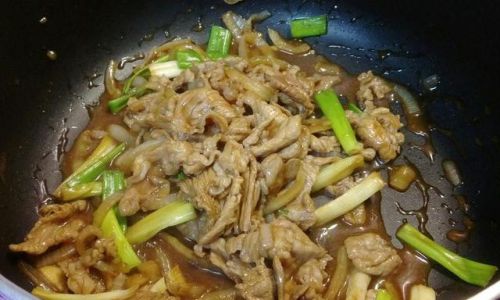
0 comments